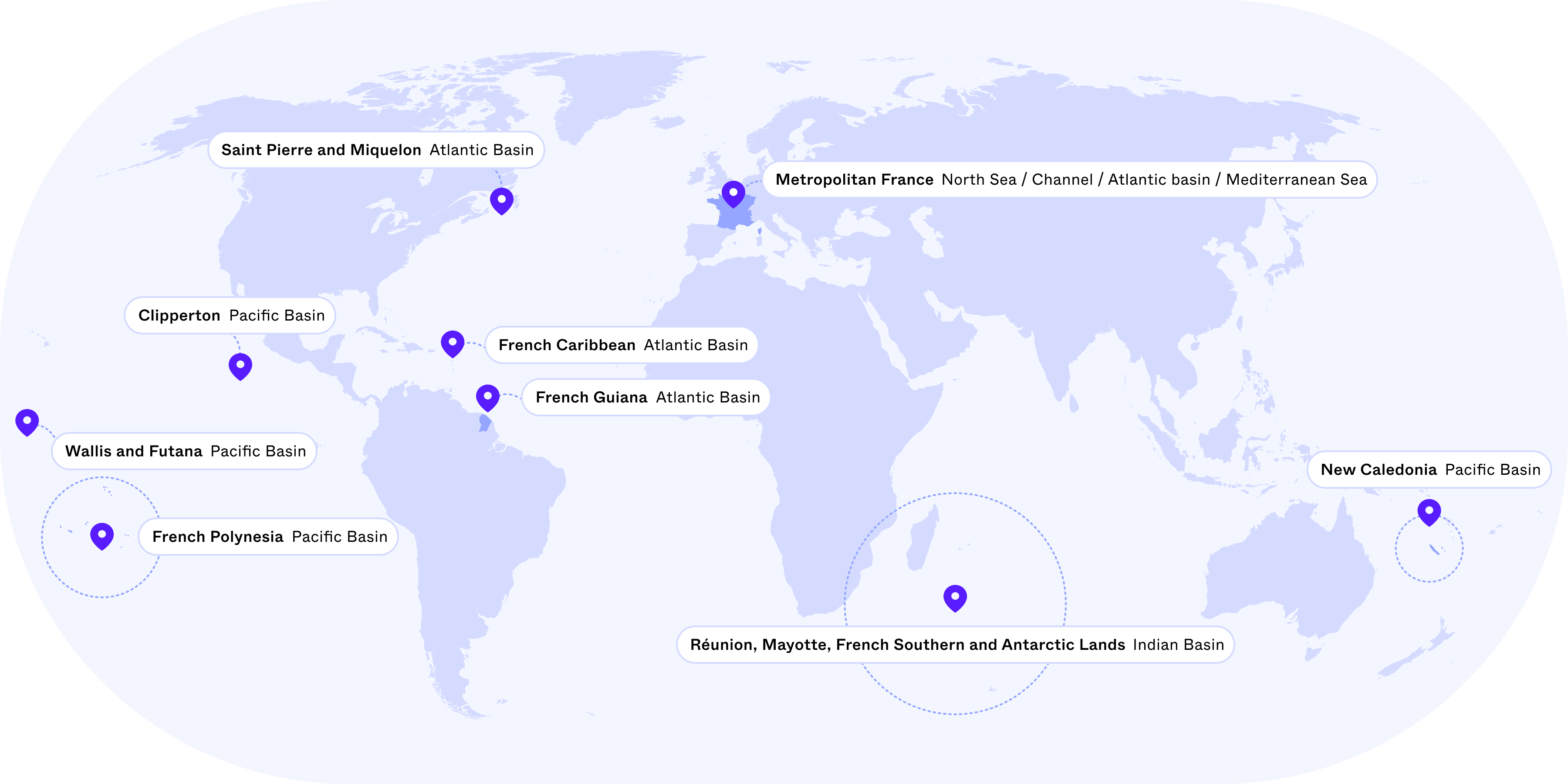We are so excited to tell you about a major victory that our supporters helped achieve. Yesterday at the UN Ocean Conference, the Colombian government announced it will create four new official marine reserves, including one expanding the fully protected Malpelo Sanctuary of Fauna and Flora. Colombia will now surpass the goal of protecting 30% of its waters eight years before the 2030 deadline! The initiative to protect 30% of the global ocean by the year 2030, referred to as 30x30, is a target that scientists have indicated is necessary in order to prevent irreversible loss of marine life. A huge thank you to everyone who made their voice heard on the petition to protect the Eastern Tropical Pacific marine corridor. And, of course, this win would not have been possible without the hard work and dedication of Colombia’s environmental, fishing, and maritime authorities, along with scientists, the private fishing sector, nonprofits, and the people of Colombia. With this remarkable action, Colombia will strengthen local fisheries, sustainable livelihoods, and the protection of marine biodiversity in its native waters and throughout the Eastern Tropical Pacific marine corridor. If you’d like to move another campaign to create sanctuaries close to victory, consider adding your name to the brand-new petition to expand the Pacific Remote Islands Marine National Monument 🌎 ⛵️
Call on France to strengthen its marine protected areas.
Following the international agreement at the Convention on Biological Diversity (COP 15), 190 countries committed to protecting 30% of the ocean by 2030, sparking new hope for the ocean.
While France claims to be a champion of climate and biodiversity on the international stage, the current conservation policy implemented in its maritime territories is far from adequate, and undermines its international posture.
Given that France oversees the world’s second-largest maritime territory (nearly 11 million square kilometers), it has a critical responsibility to promote the health of the ocean — a crucial regulator of the climate and the largest living space on the planet.


























